The world is changing at a dizzying pace, driven by technological development. Each year, new innovations emerge, transforming the way we live, work, and interact. The rapid advance of technology has made the adoption of these trends crucial for companies and individuals to remain competitive and prepared for the future.
It is essential to stay informed about the new technological trends that are making a difference. From artificial intelligence to the rise of super apps, the impact of these technologies is being felt across multiple sectors and is shaping a future that promises to be more efficient, interconnected, and dynamic.
How are new technology trends impacting the world?
New technological trends are not only optimizing processes and creating smarter products, but they are also changing the way people interact with the digital world. Organizations are integrating advanced technological solutions to improve productivity, offer personalized experiences, and meet the growing demand from tech-savvy consumers.
Technology Trends 2025: What’s Coming
1. Generative Artificial Intelligence
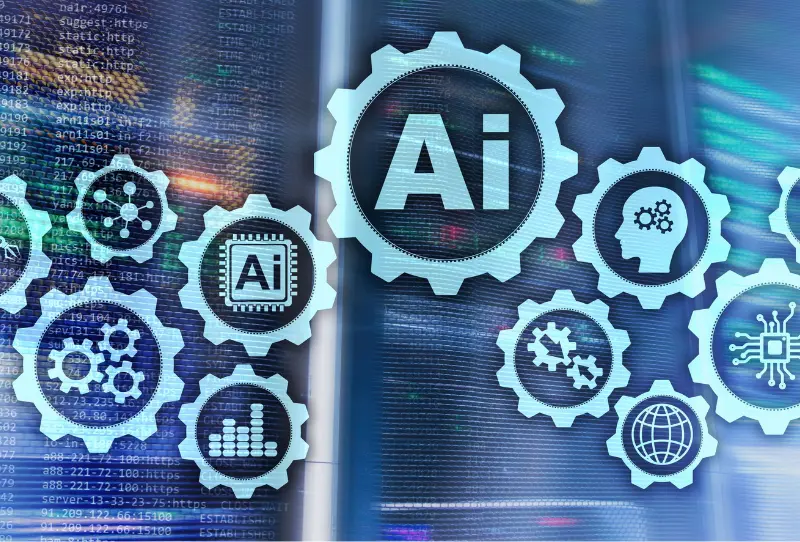
Description:
Generative AI uses advanced models, such as ChatGPT, to create original content without direct human intervention. This includes the generation of texts, images, videos, and more, using algorithms capable of learning and replicating complex patterns.
Impact:
This technology is transforming content creation across various industries. It enables mass personalization of products and services, optimizes customer service, and improves operational efficiency by automating creative tasks.
Use cases:
Generative AI is being used in creative industries to generate product prototypes, movie scripts, and even fashion designs. In the business world, it helps optimize customer service, personalize products and services, and enhance operational efficiency through automated content creation.
2. Super Apps
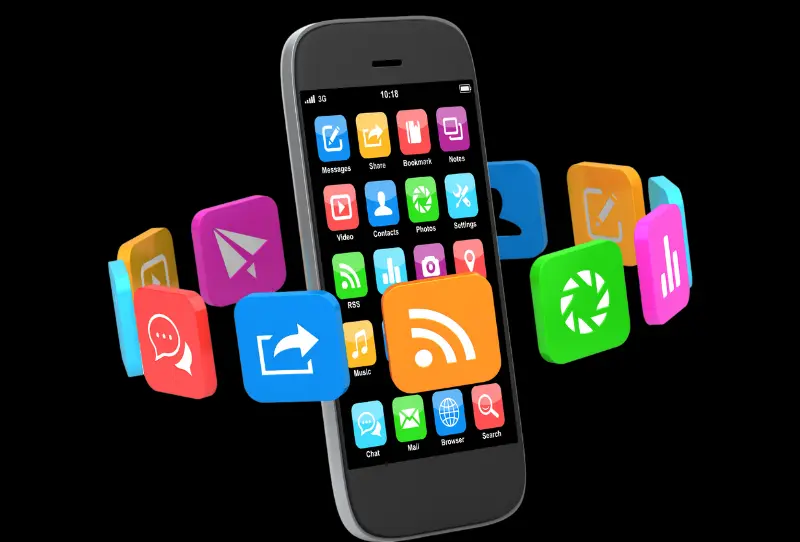
Description:
Super apps combine multiple services on a single platform, eliminating the need to use various standalone applications. They offer a unified experience by integrating functions such as messaging, payments, e-commerce, and more.
Impact:
These applications simplify users’ digital lives by centralizing multiple functions in one place, improving efficiency and user experience. They facilitate the management of multiple tasks through a single interface.
Use cases:
WeChat in China is a prominent example of a super app that combines messaging, mobile payments, social networking, and e-commerce services into one platform.
By 2025, this trend is expected to expand globally, with applications incorporating financial services, shopping, entertainment, and productivity tools.
3. Quantum Computing
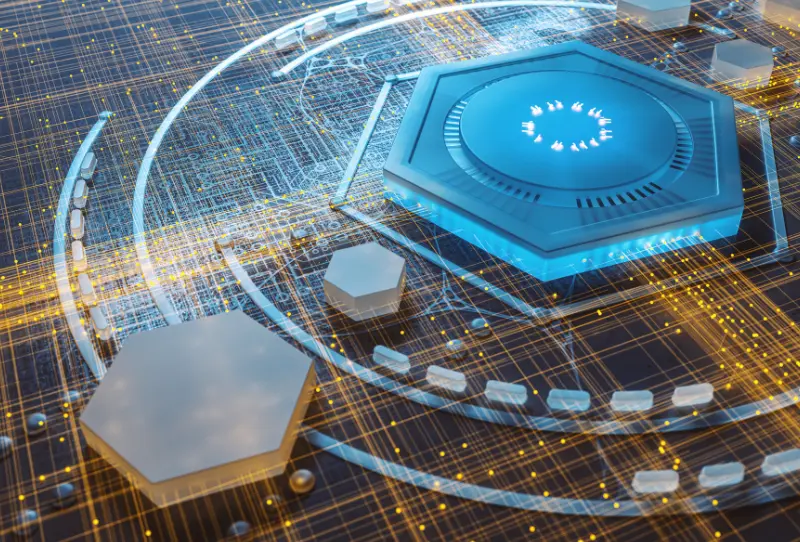
Description:
Quantum computing uses principles of quantum mechanics to perform calculations at extremely high speeds, surpassing the capabilities of traditional computers. While still in its early stages, it promises to revolutionize data processing technology.
Impact:
It has the potential to transform sectors like cryptography, medicine, and artificial intelligence by solving complex problems that current computers cannot handle.
Use cases:
In cryptography, quantum computing could break current security algorithms, leading to the development of more robust encryption techniques.
4. Internet of Things (IoT)
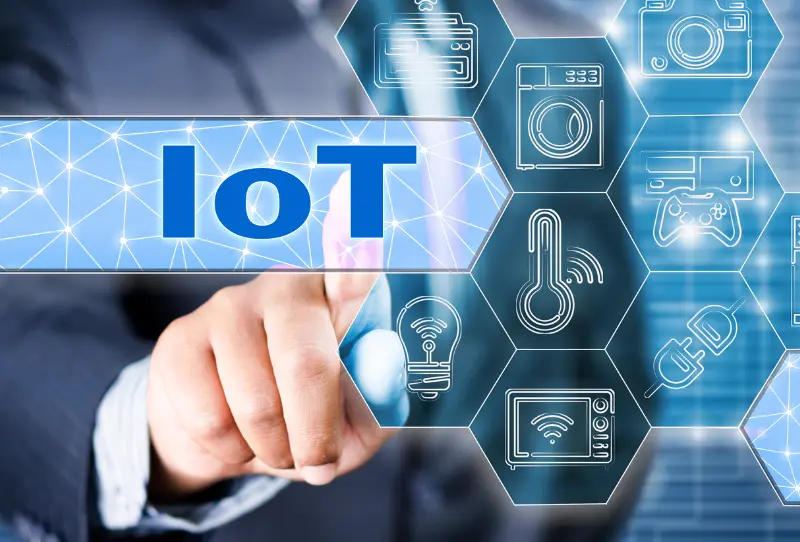
Description:
The Internet of Things connects physical devices to the internet, allowing them to communicate and exchange data with each other. This technology includes everything from smart appliances to city management systems.
Impact:
It transforms how we interact with our surroundings by enabling more efficient resource management and greater convenience in daily life. It enhances productivity and quality of life through automation and data analysis.
Use cases:
In smart cities, IoT sensors are used to optimize energy and water usage, control traffic, and improve public safety through real-time data collection and analysis.
5. Extended Reality (XR)
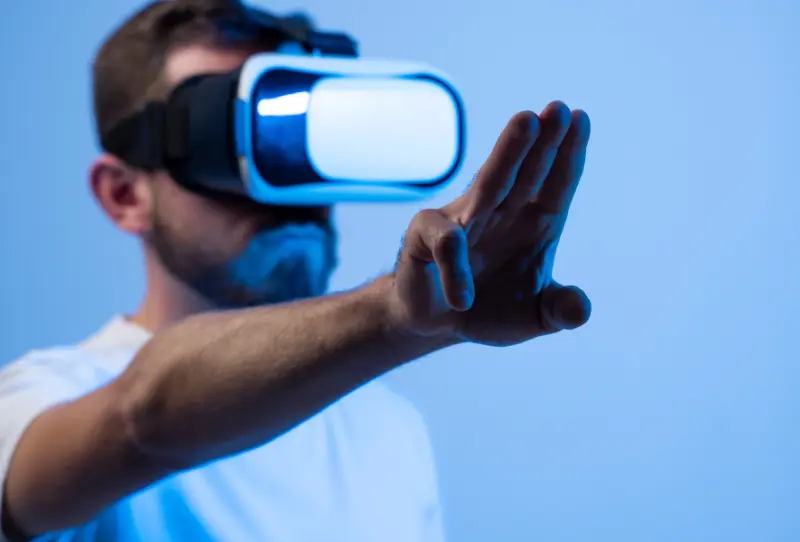
Description:
Extended reality encompasses technologies like virtual reality (VR), augmented reality (AR), and mixed reality (MR). These technologies create immersive experiences by overlaying or simulating virtual environments.
Impact:
XR is revolutionizing sectors such as entertainment, education, and healthcare by providing new ways to interact and learn. It enables detailed simulations and immersive experiences that enhance training and professional practice.
Use cases:
In medicine, surgeons use augmented reality simulations to practice complex procedures, while in education, virtual reality creates immersive learning environments.
6. AI-Powered Cybersecurity
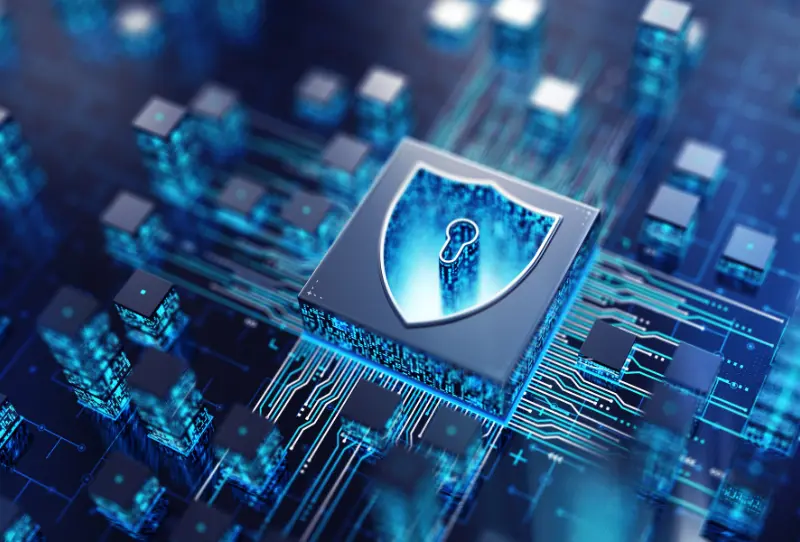
Description:
AI-powered cybersecurity uses algorithms to analyze large volumes of data and detect patterns that may indicate threats. It provides more proactive protection against cyberattacks.
Impact:
It improves organizations’ ability to identify and respond to threats in real time, reducing the risk of security breaches and enhancing the protection of sensitive data.
Use cases:
AI-based cybersecurity solutions can detect and mitigate ransomware attacks by identifying unusual behaviors in networks before they materialize into serious threats.
7. Blockchain and Web3
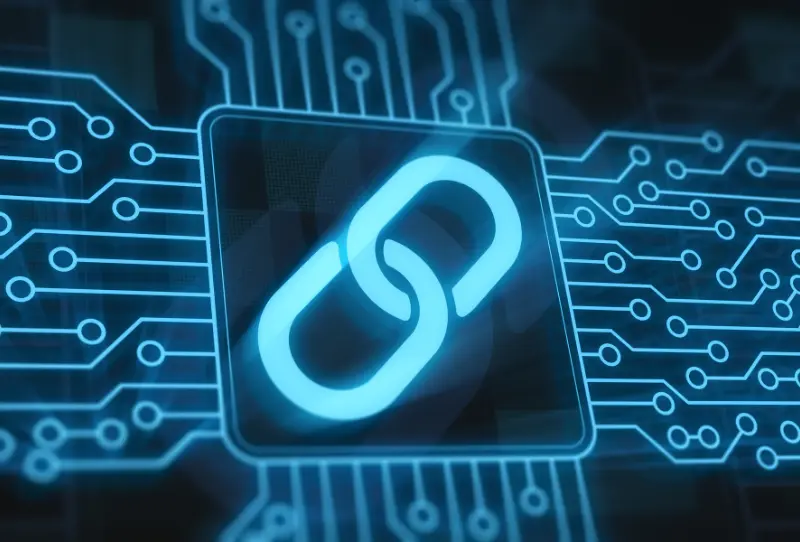
Description:
Blockchain is a decentralized ledger technology that ensures transparency and security in digital transactions. Web3 is the evolution of the web towards a decentralized model where users have greater control over their data and digital assets.
Impact:
Blockchain and Web3 are creating a more secure and transparent internet, with applications in digital identity management, smart contracts, and more secure supply chain systems.
Use cases:
NFTs (non-fungible tokens) allow digital artists to sell their works in a decentralized market, while in logistics, blockchain is used to track and secure the origin and movement of products.
8. Robotic Process Automation (RPA)

Description:
Robotic Process Automation (RPA) uses software to automate repetitive, rule-based tasks such as data entry and report generation, mimicking human actions.
Impact:
It reduces errors, improves operational efficiency, and frees up time for employees to focus on more strategic tasks. It’s particularly useful in administrative and support processes.
Use cases:
In the financial sector, RPA is used to process transactions and generate compliance reports, while in human resources, it automates employee data management and payroll processing.
9. Cloud Computing and Multicloud
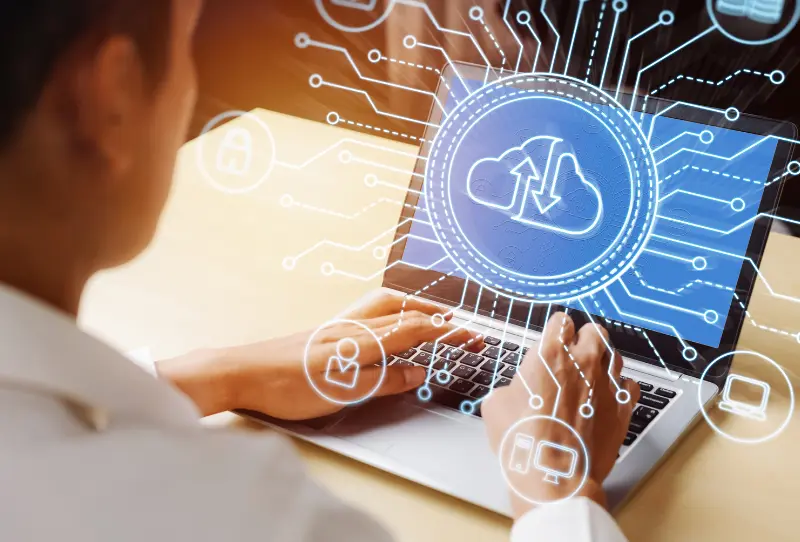
Description:
Cloud computing allows companies to store and access data and applications through remote servers instead of local infrastructure. The multicloud approach uses multiple cloud service providers for greater flexibility and security.
Impact:
It facilitates scalability, reduces operational costs, and improves service availability. The multicloud approach helps organizations avoid vendor lock-in and manage risks more effectively.
Use cases:
Companies use AWS, Microsoft Azure, and Google Cloud to store data, run applications, and perform data analytics, benefiting from scalable capacity and operational resilience.
10. 5G Technology and Advanced Connectivity
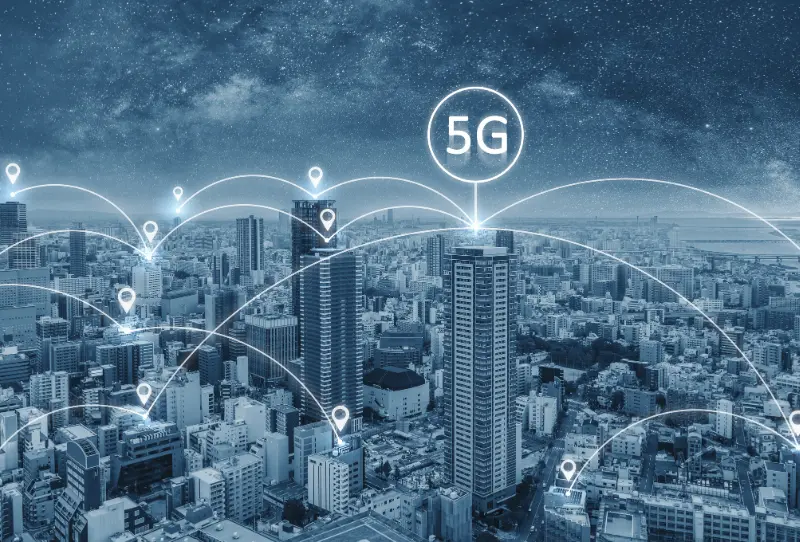
Description:
5G technology offers significantly faster data transmission speeds and greater network capacity compared to previous generations. It facilitates advanced connectivity for various applications, including the Internet of Things (IoT) and smart cities.
Impact: It enables new applications such as real-time virtual reality streaming, autonomous vehicles, and a greater density of connected devices. It enhances the speed and capacity of networks, promoting innovation across multiple sectors.
Use cases: 5G facilitates the development of autonomous vehicles by providing the necessary real-time connectivity for communication between vehicles and infrastructure systems, improving transportation safety and efficiency.
Conclusion
The pace of technological change shows no signs of slowing down. Current and emerging technological trends are transforming industries and business models, changing the way we live and work. From super apps that integrate multiple services to the disruptive power of artificial intelligence and quantum computing, the future is full of opportunities for those who embrace innovation.
As we look toward 2025 and beyond, it is clear that these technological trends will not only impact the current landscape but will continue to shape a world that is interconnected, digital, and full of possibilities. Staying informed and adapting to these innovations will be key to staying at the forefront in a future that promises to be as exciting as it is uncertain.
At GeneXus Consulting, we can help you leverage these trends and guide you on your digital transformation journey. Contact us to discover how we can drive your business forward!




